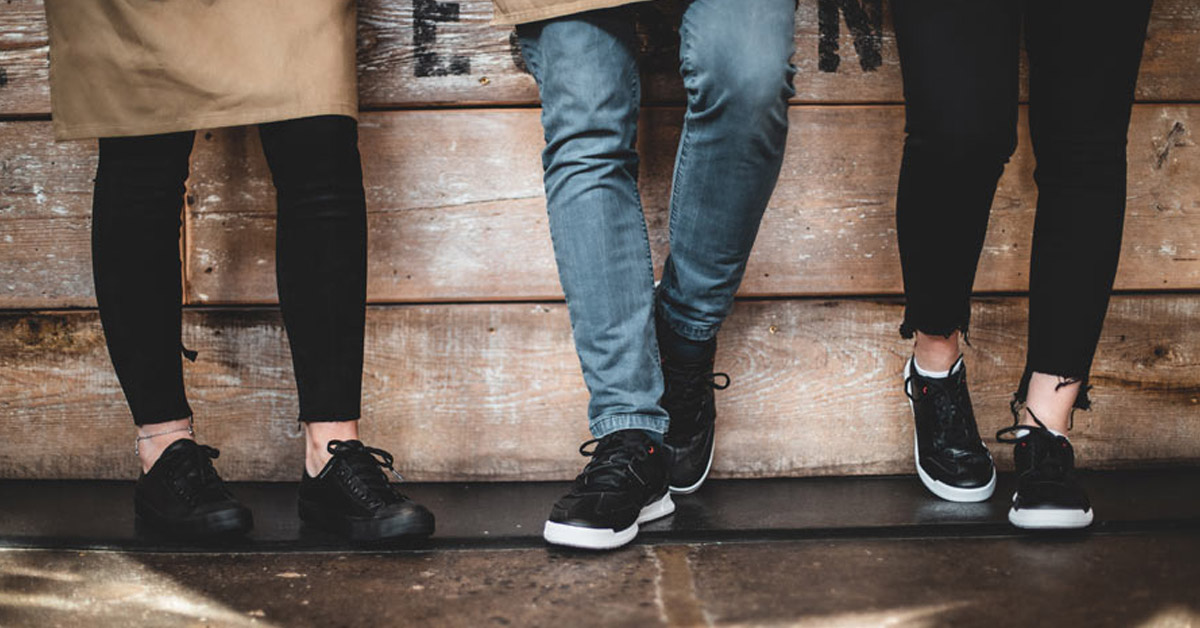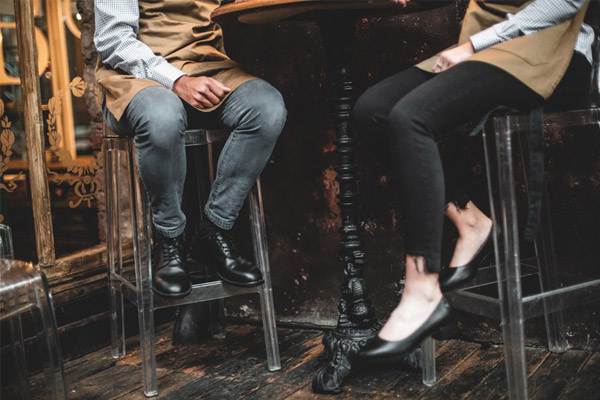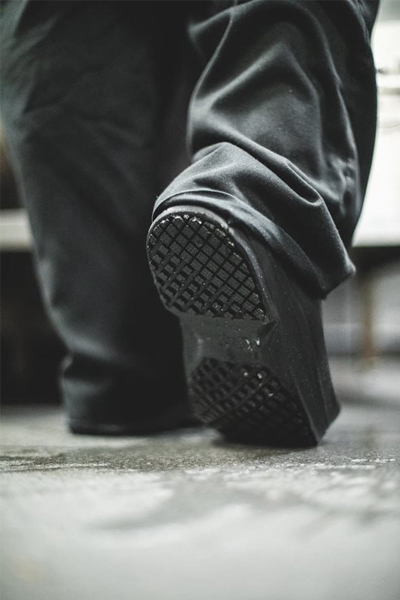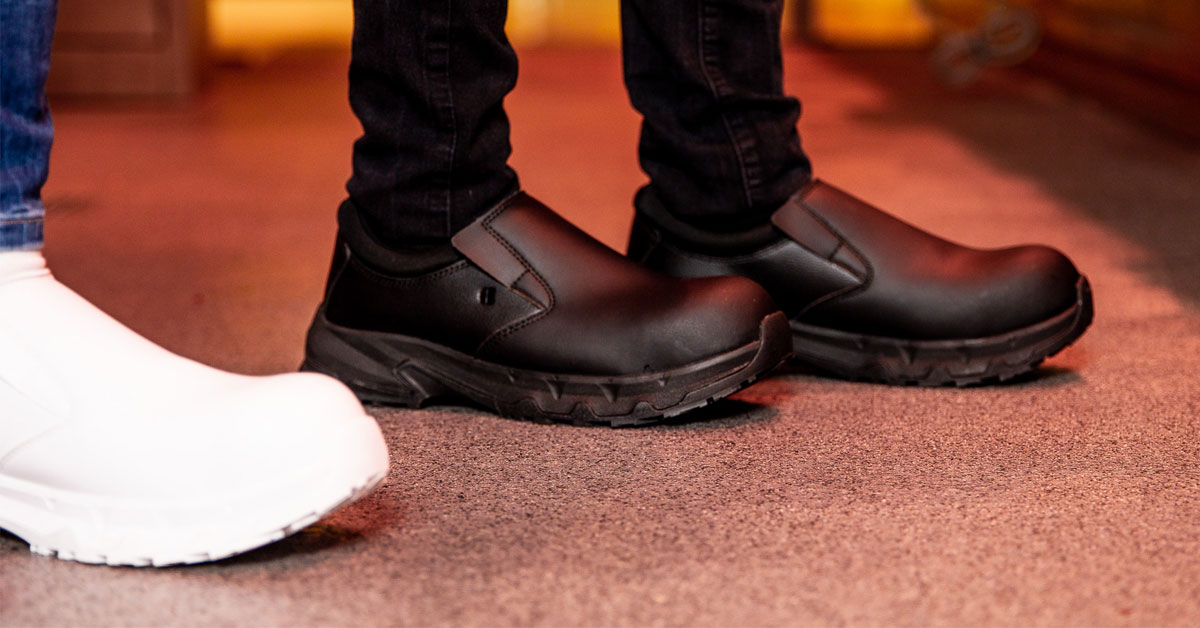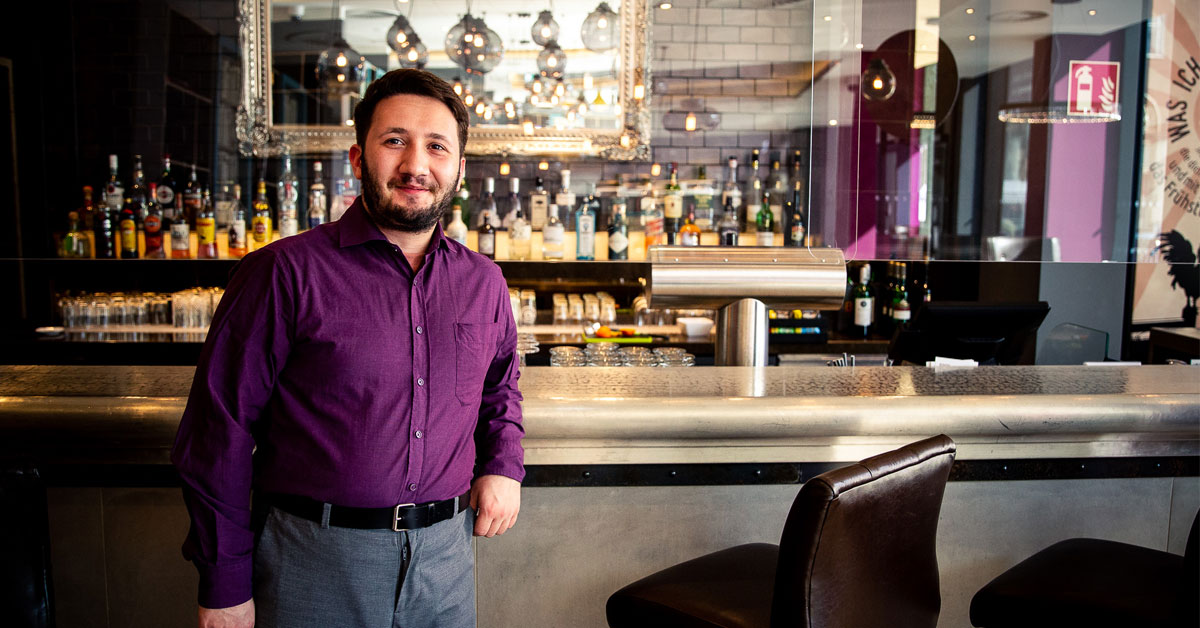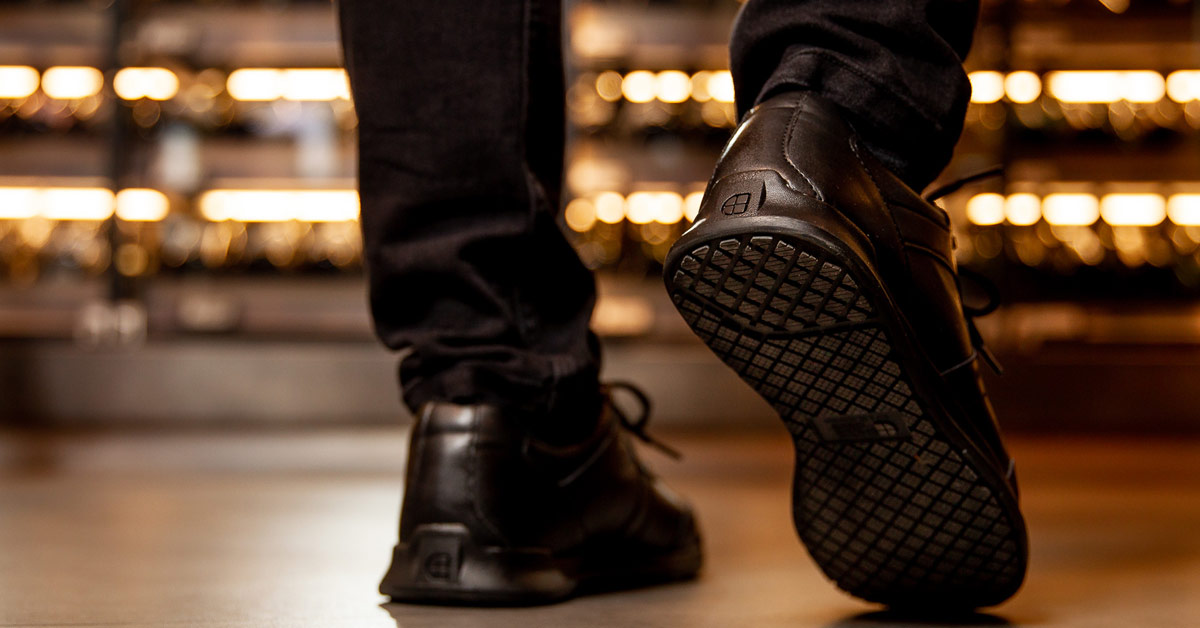Foot pain can be a side effect for anyone who stands on their feet all day, no matter their age or industry. And with busier summer seasons projected for the UK, the average day shift is about to get even more hectic. Tasks associated with manual job roles can put a lot of extra strain on the body. This can result in employees whose feet hurt after work and a whole host of other issues.
Standing and moving frequently for long periods of time can lead to health problems related to the legs, back and knees. If not dealt with, minor issues like sore feet can lead to more serious conditions. We are going to focus on why employees’ feet hurt after work and what can be done to help them.
Conditions that stem from foot pain
Long shifts filled with hard manual tasks and lots of contact with surfaces such as concrete, tiles, and tarmac can be tough. Short-term conditions are less bothersome and can be managed with treatment and adequate rest. Things such as swelling, sore muscles and arches, fatigue, and stress. If not managed in small ways on a daily basis, minor pains can add up to underlying conditions.
Some of the most common conditions that can develop due to long-term foot pain are:
- joint damage
- arthritis
- tendonitis
- musculoskeletal disorders
- high blood pressure
Shoes For Crews footwear is multi-layered with supportive insoles and outsoles. They are enhanced for comfort, especially for those who are on their feet for hours. Wearing properly fitted, slip-resistant shoes for work will help your team reduce their risks of developing long term chronic foot pain.
4 Tips for your employees whose feet hurt after work
Industries such as healthcare, construction, food service, hospitality, and catering are more likely to experience sore feet after work. However, anyone who spends the majority of their day standing should also take precautions to prevent foot pain. There are a few different things employees can do to help ease aches and pains from long hours on the job. See which tip could apply to your team from our list below.
1. Sitting down
While wearing lightweight footwear can reduce the need to sit down, it’s important to remind your employees to take seated breaks. The HSE suggests that short, frequent breaks are better than less frequent longer breaks. For example, a 5-10-minute break after 50-60 minutes of standing is better than a full 20-minute break every 3 hours. Encourage your team to take frequent shorter breaks and sit down. This will help them avoid general aches and pains and keep their minds focused and energised.
In addition to relieving pressure on the feet, sitting down will help reduce swelling. Workers who stand often but take regular seated breaks are less likely to feel tense at the end of a shift. This will result in their feet hurting less after work.
2. Building strong and flexible feet by stretching
Stretching after a long shift is a great way to relieve stress and tension in the body. Foot pain can limit mobility which can affect the way a person stands and walks. Insoles and arch support can temporarily relieve pain and weakness in the feet, but it may only be a short-term solution. However, wearing properly fitted footwear such as work shoes from Shoes For Crews, can help reduce tension and prevent muscle fatigue.
An alternative strategy is to exercise and strengthen the feet to improve their functionality. This requires more effort, and it takes longer to see results, but it is a more long-term solution for your staff. Empower your team by suggesting they spend about 10-15 seconds on each stretch listed below to help build foot strength.
Some popular foot stretches are:
- toe stretches
- heel and toe raise
- toe grip
- front foot stretch
3. Wearing compression socks
Technology has improved in the last decade which results in lightweight and more comfortable footwear and socks. Compression socks were not always seen in a positive light but that has since changed.
With lighter and thinner materials, compression socks or stockings offer the same effectiveness as thicker ones. Your employees stand all day so wearing them can help your staff promote good circulation and reduce leg pain. And whether they are wearing black or white work shoes, they complement any uniform because they stay hidden underneath their trousers.
4. Choosing the right shoes
Employees in standing occupations need supportive and stable footwear. It is a critical component to help them get through their daily work life. Shoes that are more rigid than flexible would be better for jobs such as chefs, kitchen assistants, nurses, and hotel reception staff.
At Shoes For Crews, we want to make sure your team has the best fitting shoes for work. We offer exact sizing charts and sample try-on pairs to managers who are looking for high-quality, slip resistant footwear for their employees.
If you are looking to help your employees whose feet hurt after work, we at Shoes For Crews offer a complete solution. Discover all our features and styles to best support your company’s needs. Get in touch with us for more information and let us help your team thrive.

